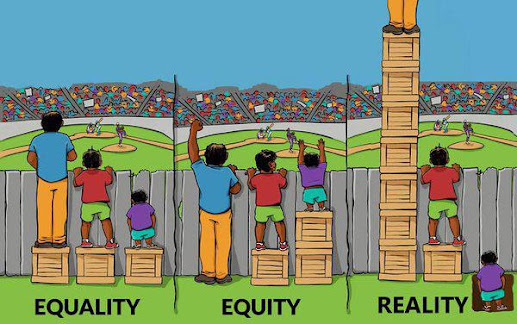I confess that I’ve started so many MOOCs, or massive open online courses, that I’ve forgotten how many I actually completed, which is likely to be very few. 2012 was once infamously dubbed the “Year of the MOOCs” but it didn’t actually revolutionize education, not at the university/college level nor at the K-12. I still recall with a draught of nostalgia (and wincing) when higher education administrators scrambled to push for MOOCs to be established at their institutions. My particular university called it “flexible learning” and almost overnight everyone veered towards the technology lest they would be missing out on the next educational revolution. Coined in 2008 by Dave Cormier, the first MOOC to be very successful was the course "Artificial Intelligence" by Sebastian Thrun and Peter Norvig at Stanford University in 2011, and left their positions to found Udacity. In 2012, MIT and Harvard University announced the birth of EdX. Then came Coursera. Predictions were suggested that MOOCs would spell the end of universities. Studies such as the one by Katy Jordan exposed that completion rates were dismal.
Justin Reich’s Failure to Disrupt: Why Technology Alone Can’t Transform Education reviews the post-hype MOOC world, arguing that technology cannot by itself disrupt education or provide shortcuts past the hard road of institutional change. The Matthew Effect is best summarized by the adage "the rich get richer and the poor get poorer,” and in the edtech world, it means that even new, free resources are mainly beneficial to already affluent learners with access to networked technology. Thus Reich’s three myths are really illuminating:
Myth #1 - Technology disrupts systems of inequality.
False. Technology actually reproduces the inequality embedded in systems. Poor, urban, and rural students were less likely to be exposed to higher-order uses than non-poor and suburban students. Rather than rearranging practices in schools, new technologies reinforce them.
Myth #2 - Free and open technologies promote equality.
False. Free things benefit those with the means to take advantage of them. Research shows that those who use MOOCs or sign-up for wikis tend to be from affluent neighbourhoods.
Myth #3 - Expanding access will bridge digital divides.
False. Social and cultural barriers are the chief obstacles to equitable participation. As they are often harder to discern, “digital divide” is too simple a metaphor to characterize educational inequity. Because social and cultural barriers are harder to measure, it's often missed in the design of edtech.
Reich suggests that students from less developed countries actually face an obstacle called “social identity threat” which can occur, for instance, when:
the elite branding of universities offering MOOCs, the predominantly white American and European faculty who offer these courses, the English language usernames in the forums, and other markers that feel excluding to minority participants. Feelings of social identity threat can lead to negative recursive cycles: when people start a class, they may feel like an outsider.It's sobering for an individual like me who has been fortunate to work in a large educational institution in a developed economy. Though the training I have had as an educator builds technology around connectivist and constructivist theories, I also realize much of what I do for my students is based on privileged assumptions. Reich's book is such a thought-provoking exercise. Would you have another title you'd recommend here?



